the best way
to pick things up
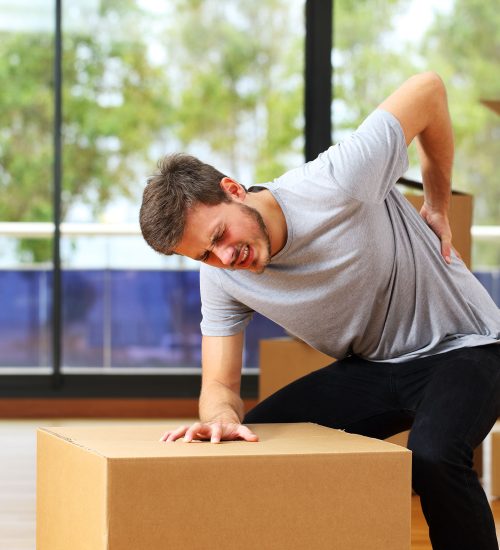
Many people have bent over to pick something up and hurt their back. Is there a best way to pick things up to minimise developing or prolonging flexion-related low back pain? As usual, there is evidence for and against what may be the best way to pick something up from the floor.
Is Bending Over To Pick Things Up Related to Back Pain?
The answer is: it depends. Repeatedly bending forward, or working in such a position, is a proven mechanism for disc injury, as well as other tissues of the spine. This doesn’t always result in back pain, however. The reason for this is simple: We are all different. Everyone has a different level of strength and flexibility. Everyone moves differently. Everyone’s tissues have a different capacity to work before failure. Everyone doesn’t do the same amount of work, even in the same job, or even at the same time.
The catch is that no one knows what their tissue capacity is, so the common sense approach would be to lift and work in spine-sparing postures as much as possible. Not lifting things properly has been shown to result in back injury. A sensible approach is to marry work and daily activities to sporting pursuits. If you play a sport such as golf or hockey, which involve high spine loads, and your job involves a lot of lifting, then using correct biomechanics would be a wise move. Just because someone you work with plays on the same hockey team as you and is never in pain is not a good reason to lift with poor technique, for the reasons above.
Is Bending Over To Pick Things Up Unrelated to Back Pain?
The argument here is that a lot of factors are involved in back pain, and that the spine is a lot stronger than given credit for. Studies often show that bending forward isn’t related to back pain. An article in The Conversation espoused a similar view that bending forward isn’t related to back pain. Even a quick read through of both pieces shows one thing: they use elite athletes in their studies.
Using elite athletes in a study related to everyday people is irrelevant. Elite athletes are elite for a reason. They are fitter, stronger, faster, more flexible (generally), have better coordination and better movement patterns. If they didn’t, they wouldn’t be elite athletes. They would be normal people.
The idea that because rowers bend their spines under load hundreds of times per day, so therefore it is safe for the rest of us, is fallacious. Rowers didn’t start out rowing hundreds of times per day. They started out slowly, learning the correct technique first. They worked out in the gym. That’s in addition to having those elite qualities.
The average person at work doesn’t have the luxury of starting out slowly. If you started a new job in a warehouse and announced that you would only lift 10 boxes a day for the first week, and added one box per week while you built up to the 50 boxes a day the other workers were lifting, you would have your job for that one day only.
The active tissues of the back, like other tissues, do adapt to load. That’s one of the reasons why the deadlift, for example, is such a great exercise. It can improve your tissue’s ability to respond to demands placed upon it. But it isn’t a fail safe. The most logical and common-sense approach is to lift things properly as often as you can, whilst developing strength and mobility to allow for those moments when you can’t or don’t move properly.
One further reason why it isn’t a fail safe is to do with the spinal discs themselves. The common view of the spinal discs is that they resemble a jelly doughnut. A more apt analogy is an inch-thick onion ring with the centre punched out. Bending forward to lift or spending prolonged time with your spine flexed gradually delaminates these circular layers and can lead to disc injury. Regardless of what some studies and researchers say, bending over is simple fluid mechanics. If you bend forward, the nucleus has to move backwards to some degree.
The phrase “use your knees to bend” is often used in regards to lifting technique, but this advice disassociates the glutes from the movement and leads to unnecessary stress to the knee.
There are varying methods to pick something off the floor safely, and which you choose depends on factors such as hip mobility, motor control, lower limb strength, personal preference and the item itself.
The lunge is an excellent method for putting something down or picking something up. It maintains neutral spine, engages the glutes and minimises knee stress.

Lifting something depends upon personal preference as much as the object itself. Once your back pain has resolved and capacity restored, occasional flexion is okay. But for most everyday tasks, the squat, hip hinge, lunge and golfer’s lift are the preferred methods to move through the hips and preserve spine capacity for other tasks. These four movement patterns are the best exercises to fix a disc bulge.
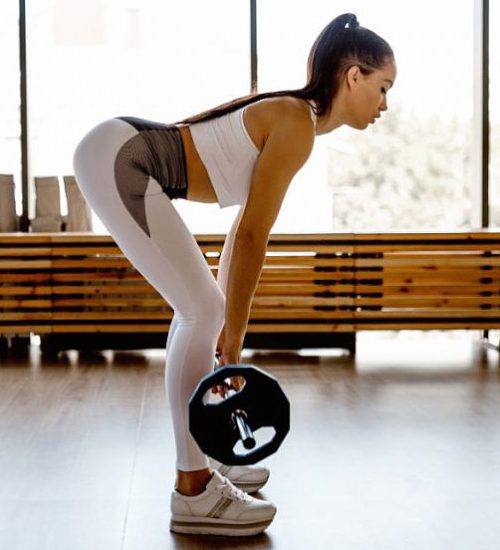
The hip hinge pattern is one of the fundamental ways of moving in cultures where back pain is rare.
According to the world’s foremost spinal expert, Dr Stuart McGill, not only is the technique spine-sparing, but it mimics the way our bodies are designed to move.
The hips are a ball and socket joint, perfectly suited to correct bending mechanics (and other tasks). The disc is made up of many layers, which, if the spine is used for bending tasks, gradually delaminate and lower tissue threshold. How long this takes, or wherever it happens at all, is related to number of repetitions, load, body shape and disc shape.
The Proper (Sensible) Way To Pick Something Up From the Floor
Using your hips to pick things up is fine for boxes or other items of a certain height. Unless you are very flexible however, it isn’t practical to pick up items like books, shoes, toys and pretty much everything else. For this, the you need to mimic the way golfers pick their ball up from the hole or use the lunge technique. Disc bulge treatment is actually easy once you understand the mechanisms behind injury.


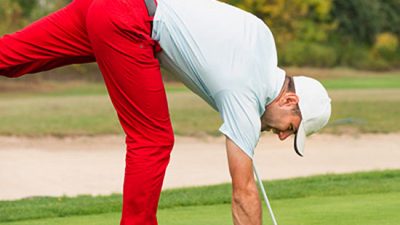
The hip hinge, squat pattern and golfer’s lift are all appropriate, spine-sparing methods to perform daily tasks. Which you choose to use depends on ability, strength and the object itself. All are far better ways of moving than simply bending the spine.
Back pain isn’t for life – unless you want it to be.
related articles
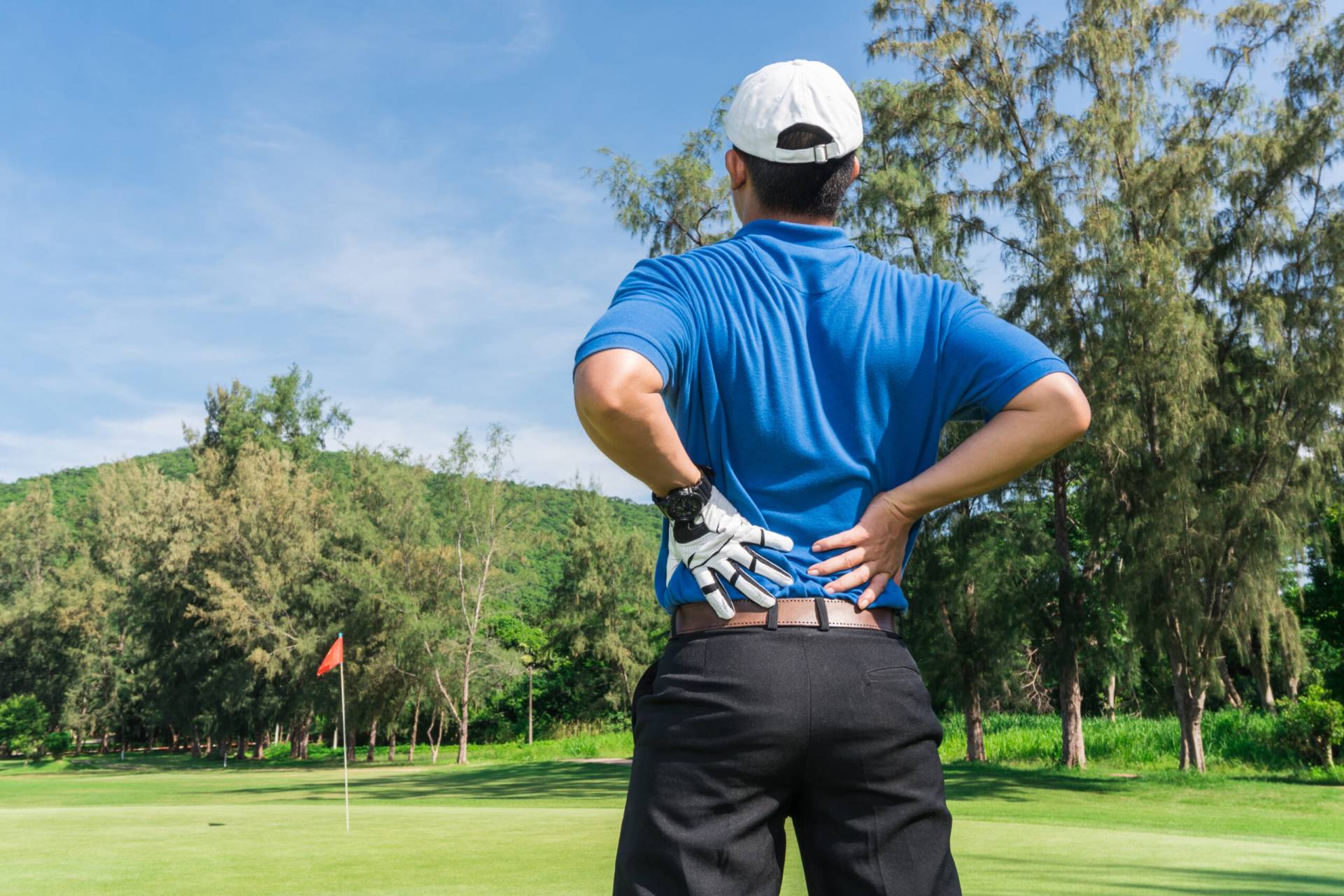
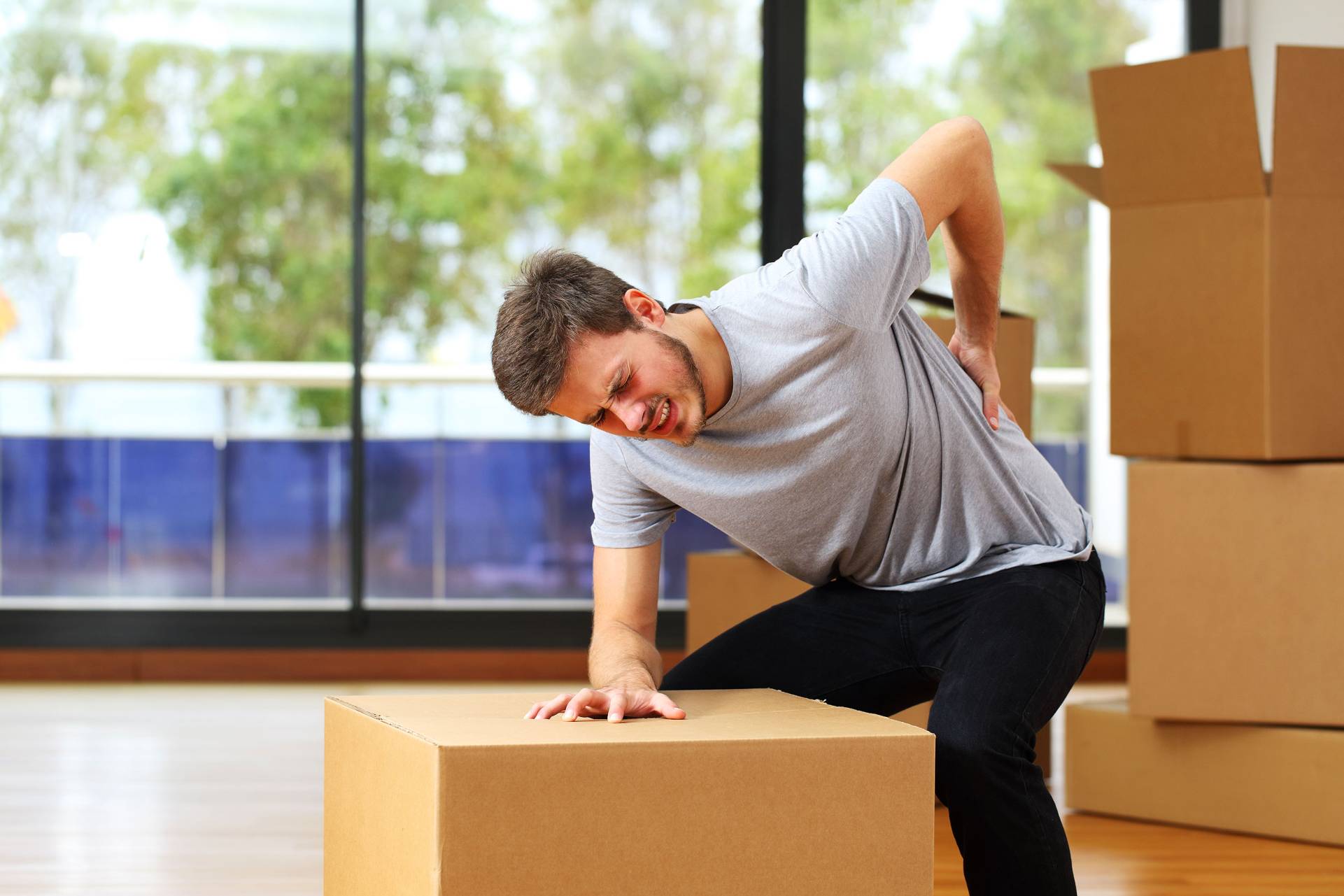
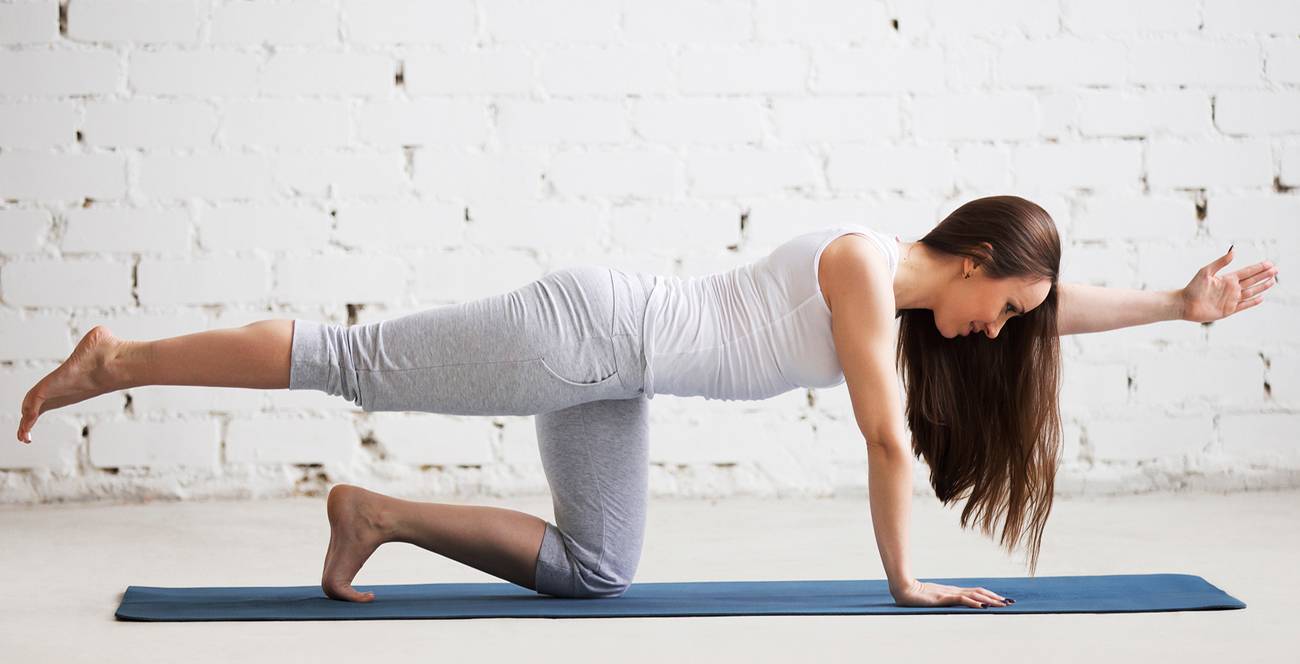
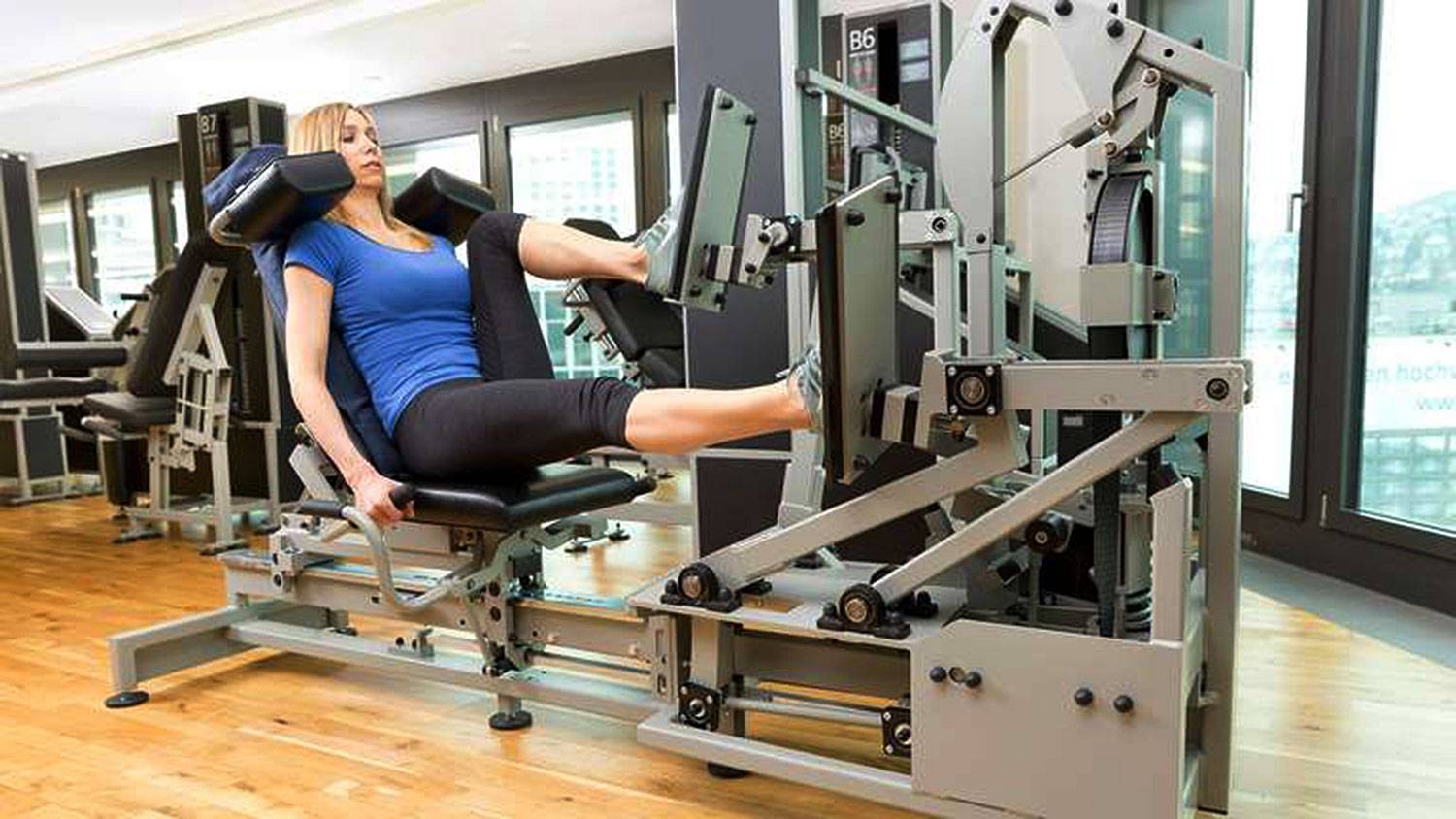
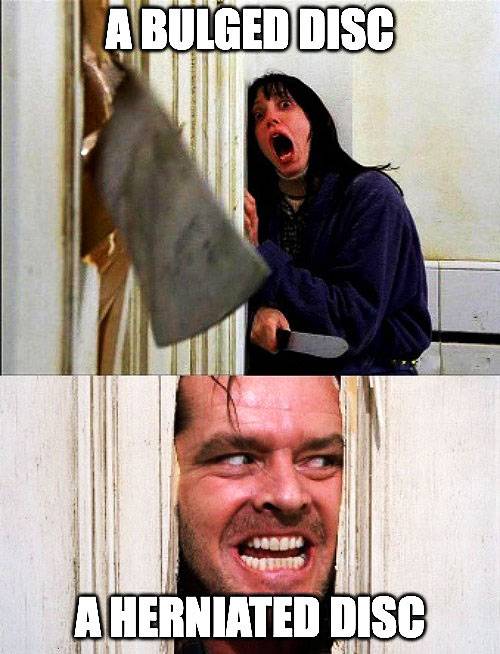
Golf is perhaps the one sport most closely associated with lower back pain. Around 30% of golfers experience back pain during or after golf. Is this related to the actions of the golf swing itself, or other factors?
Disc injury is the most common form of lower back pain. Bulges, age-related degeneration, lateral herniation and end plate injury are the most likely disc injuries, but the most common is a disc bulge.
A lack of core stability is often cited as one of the most common reasons for lower back pain. Most people, even rehab professionals, are ignorant of true core function and its relevance to lower back injury.
Machine-based training is everywhere claiming the best results for treating lower back pain. for some people, it might work, but it is more likely to aggravate the condition further, and will never future-proof your body for some simple reasons.
A slipped disc is a common but inaccurate diagnosis. Discs can herniate, but true herniation is rare. Terminology matters, as it relates to professionalism and rehabilitation.